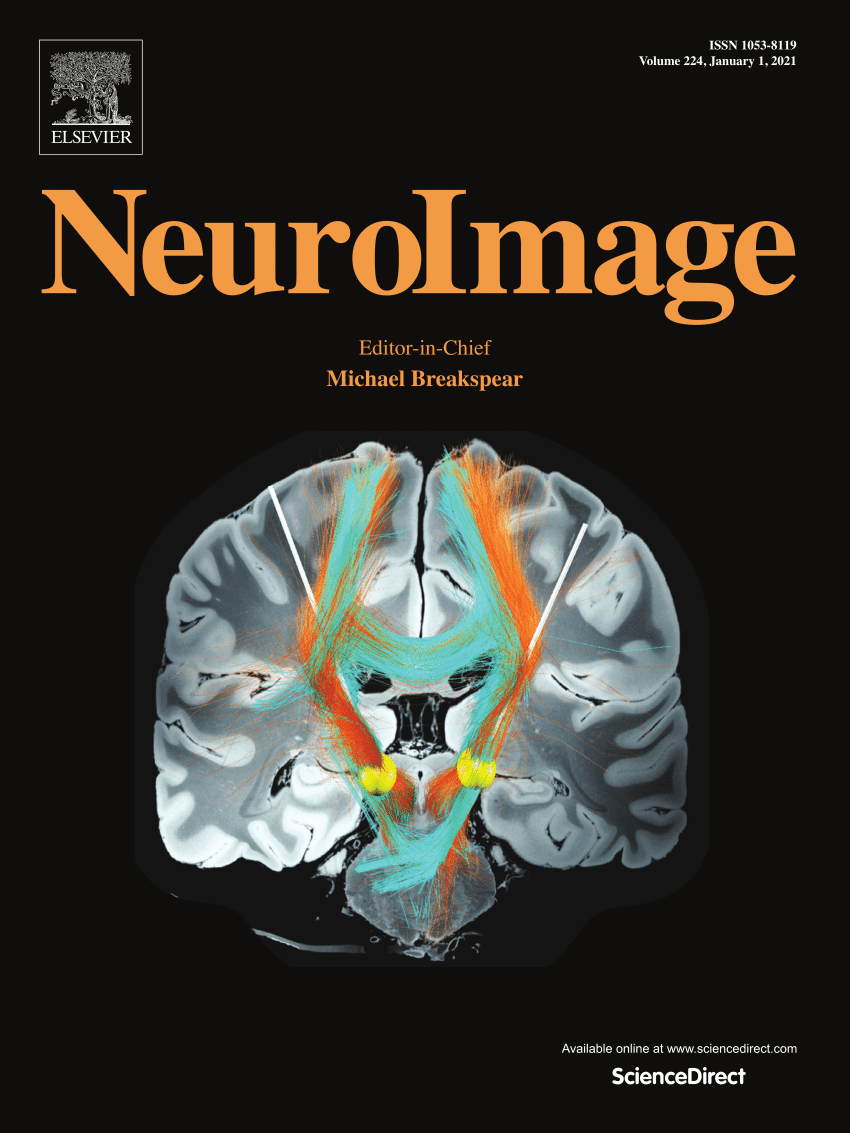Exploring the causal involvement of the rIPL and white matter interindividual variability in spatial orienting and consciousness
IF 4.7
2区 医学
Q1 NEUROIMAGING
引用次数: 0
Abstract
Background
Spatial attention enables the selection of relevant over irrelevant stimuli through dorsal and ventral fronto-parietal networks. These networks are connected through long white matter tracts, such as the superior longitudinal fasciculus (SLF) and the Inferior Fronto-Occipital fasciculus (IFOF).
Objective/hypothesis
The main purpose of this study was to explore, in healthy participants, the causal role of the right Inferior Parietal Lobe (rIPL) in spatial orienting and conscious perception. We also explored how interindividual differences in the microstructural properties of white matter were related to the effects of transcranial magnetic stimulation (TMS) and, secondarily, to attentional orienting effects in the control stimulation condition.
Methods
Participants (n=51) performed a behavioural task involving the detection of a visual stimulus at the threshold of consciousness, preceded by either central (endogenous) or peripheral (exogenous) cues. After cue onset, a burst of TMS pulses was applied over the rIPL or a control active region (vertex). White matter properties were explored through diffusion-weighted imaging tractography and whole-brain NODDI analysis.
Results
TMS over the rIPL (compared to the control condition) did not modulate spatial attention nor conscious perception, but it decreased accuracy when attention was endogenously oriented (compared to the exogenous condition) and speeded up reaction times when targets were presented in the attended right hemifield (compared to the left hemifield). Part of the variability in the TMS and attentional orienting effects were explained by the integrity of the SLF and the IFOF.
Conclusions
Individual variability in attentional orienting effects was associated with the anatomical links between attentional networks. Negative correlations between TMS effects and relevant white matter tracts were interpreted as compensatory mechanisms, while positive correlations with tracts innervating the stimulated area could reflect a TMS signal propagation effect. These results will contribute to the understanding of the role of white matter variability in the susceptibility to neuromodulation, with potential implications for research and clinical treatment.
探索 rIPL 与白质个体间差异在空间定向和意识中的因果关系。
本文章由计算机程序翻译,如有差异,请以英文原文为准。
求助全文
约1分钟内获得全文
求助全文
来源期刊

NeuroImage
医学-核医学
CiteScore
11.30
自引率
10.50%
发文量
809
审稿时长
63 days
期刊介绍:
NeuroImage, a Journal of Brain Function provides a vehicle for communicating important advances in acquiring, analyzing, and modelling neuroimaging data and in applying these techniques to the study of structure-function and brain-behavior relationships. Though the emphasis is on the macroscopic level of human brain organization, meso-and microscopic neuroimaging across all species will be considered if informative for understanding the aforementioned relationships.
 求助内容:
求助内容: 应助结果提醒方式:
应助结果提醒方式:


